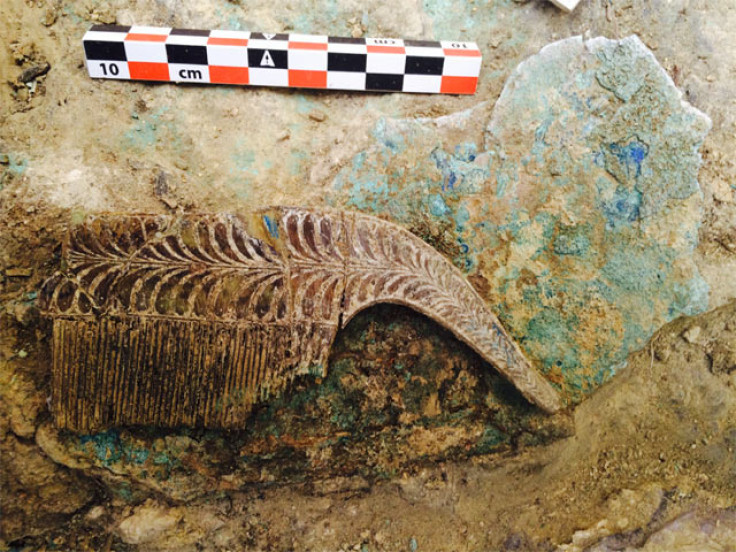Greece recovers 2nd century Alexander the Great statue from British art dealer Robin Symes
After a long court battle with a well-known art dealer from Britain, Greece's valuable artefacts are finally returning home. As many as 351 rare statues had been found in the possession of the notorious British art dealer Robin Symes.

After a long court battle with a well-known art dealer from Britain, Greece's valuable artefacts are finally returning home. As many as 351 rare statues had been found in the possession of British art dealer Robin Symes. The objects were first traced to Symes back in 2006 and since then the country has been fighting to get them back to their territory.
It took 17 years, but finally, the artefacts are returning to Greece. Most of the artefacts are from the Neolithic era and the Byzantine era, however, some are from in between. Of these, the most important one is a statue of Alexander the Great. The statue is entirely made of bronze and dates back to the 2nd century.
History of plundering and supplying to museums
Robin Symes has been accused of plundering antiquities from countries like Italy, Greece etc for decades. Symes has been linked to looting artefacts from excavations in countries like Italy and Greece in the 70s and 80s. In fact, Symes has been served a prison sentence over his illegal sale of an Egyptian statue worth £3 million in 2005.
He has been known to gather antiquities from these companies and sell them for display in the best museums in the world. There isn't any estimate of how much his looted items from the 70s Italy expedition are worth, says the Association for Research into Crimes Against Art (ARCA). Known to the world's leading art curators and having served as a trustee to the British Museum, Symes formed a powerful network that had access to antiquities in Egypt, Greece, Italy and Asia.
The fight to recover the assets
As such the Greek authorities started investigating Symes' company to repatriate the items including a Neolithic statuette from the fourth century BC. They were chased by the Greek, Swiss, and Italian Police.
The fight to repatriate the trove of 351 objects began in 2006 with authorities investigating the eponymous company of Robin Symes in the country and abroad.
In 2016, the Swiss and the Italian team could nab some of the archaeological artefacts from Robin Symes and his company after years of work. All these artefacts were from illegal excavations in Italy. The police tracked the stolen Italian artefacts to a storage unit in Geneva Freeport.
As for the Greek artefact, it's not clear if they came from the same haul or whether it has any link to Italian excavations and artefacts. In the Greek collection, the 4th century BC white stone Neolithic era statuette has been found.
Other missing valuable items from Greece have been also found. The list includes a 3200-2700 BC early Cycladic figure, a 550-500 BC archaic sculpture made of marble, and another 550-500 BC archaic marble head probably from a sphinx or a sculpture.
Other Greek artefacts waiting for recovery
The Greek government has been trying to recover these artefacts from private collectors and museums worldwide. The process has been strenuous legal battles. Only recently, the Vatican returned fragments of the Parthenon temple.
The act of returning the three fragments to Greece in March this year was labelled a "gesture of friendship" by Pope Francis. Even today, many of the Parthenon's temple fragments are in the most prestigious museums in the world, most famously the Elgin marbles in the British Museum.
© Copyright IBTimes 2024. All rights reserved.






